DP Adrian Teijido ABC used the texture of KODAK 35mm film grain to support the dramatic moods in Walter Salles Oscar-winning 'I'm Still Here'
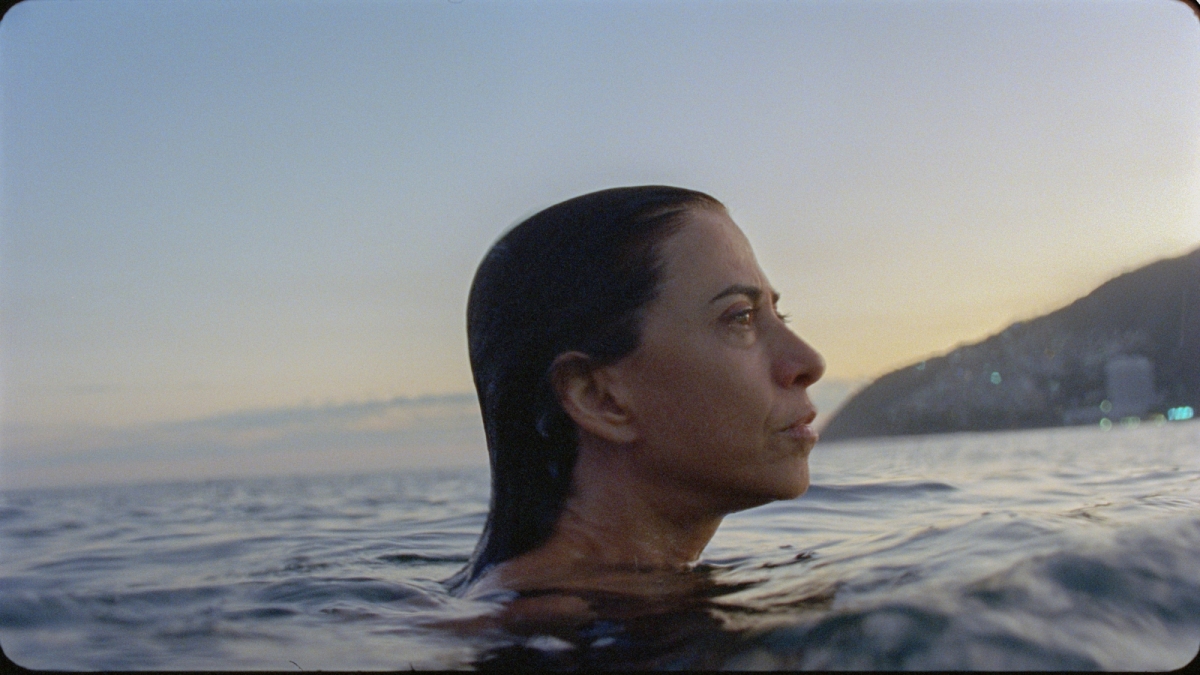
I'M STILL HERE, directed by Walter Salles, starring Fernanda Torres as Eunice
Brazilian DP Adrian Teijido ABC employed the texture of KODAK 35mm film grain to mark the dramatic events that take place over time in Walter Salles 2025 Oscar-winning feature I'm Still Here, with KODAK Super 8mm film also helping to depict narrative reminiscences.
Set in 1971, during the military dictatorship in Brazil (1964 to 1985), the biographical drama follows the true story of Eunice Paiva, who lives an idyllic life, with her husband Rubens and their five children, close to the sandy shores of Leblon Beach in Rio de Janeiro. However, when Rubens is arrested and subsequently disappears, Eunice begins a lonely battle to learn the truth while trying to keep her family together.
Enquiries into Rubens' whereabouts result in her own arrest and mistreatment for 12 days at the hands of the authorities. Eliana, their teenage daughter, is imprisoned as well but is released after 24 hours. Eunice then discovers Rubens, a former politician, had been secretly helping political exiles, and although newspaper reports falsely claim he has fled the country seeking exile, she receives unofficial notification that Rubens has in fact been murdered.
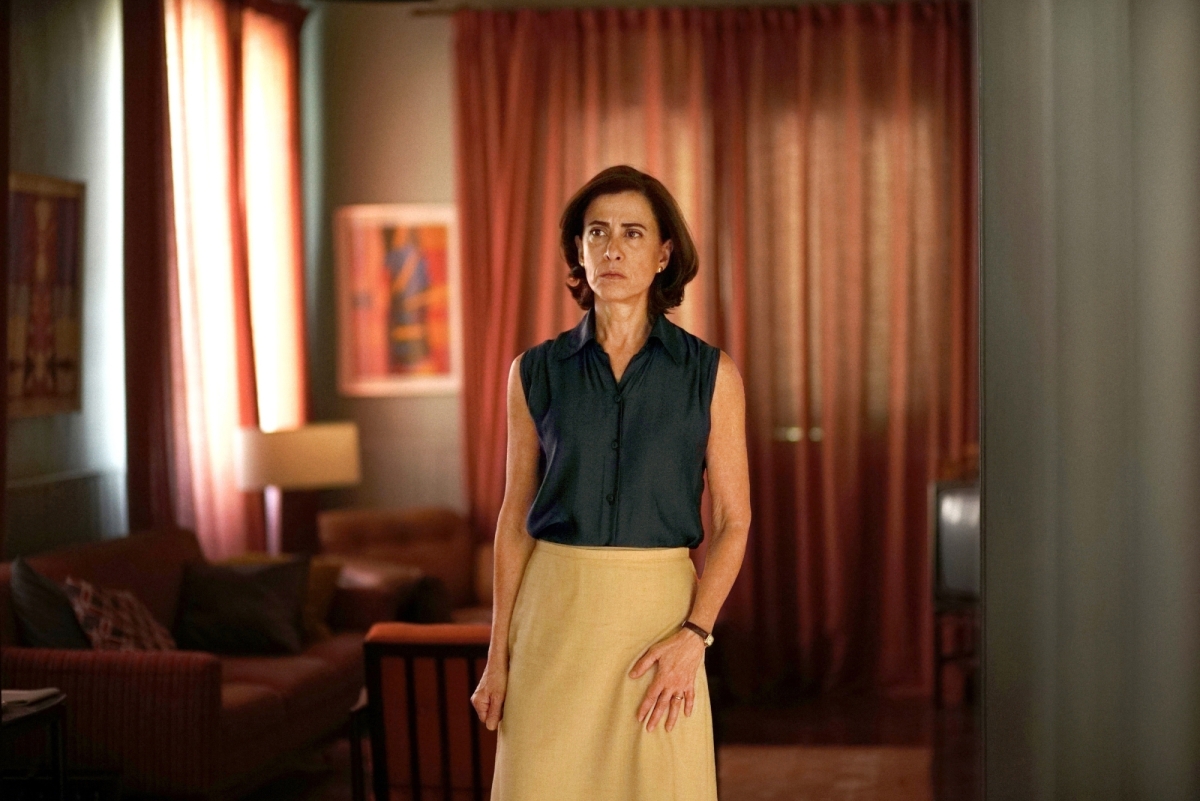
I'M STILL HERE, directed by Walter Salles, starring Fernanda Torres as Eunice
Teijido reveals he knew right from the start that it was Salles' wish to shoot I'm Still Here on 35mm film, also using Super8mm, which was popular in Brazil during the 1970s, to capture the Pavia family's home movie footage.
"Not only did Walter want to shoot on film, but he also made it clear he wanted to have texture, real film grain, in the images. He wanted the start of the film to be sunny, for the images to invite the audience into the heart and happiness of the family, and for their home to be bathed in sunlight.
"However, when the agents of the dictatorship arrest Rubens the sunshine disappears completely, and things needed to become much darker and uncomfortable. Then, when Eunice moves to Sāo Paulo, and for the rest of the film, the images would need to take on more clarity.

DP Adrian Teijido ABC on-set during production on I'M STILL HERE, directed by Walter Salles. Courtesy of Adrian Teijido.
Along with many further awards worldwide, the film proved successful at the box office too, especially in Brazil. Between its opening weekend in November 2024 and February 2025, I'm Still Here surpassed five million admissions, and became the highest-grossing Brazilian film since the COVID-19 pandemic, with earnings of USD $25.2 million.
By sparking a renewed focus on the country's military dictatorship and its lasting consequences, I'm Still Here had a significant political impact in Brazil, encouraging conversations about human rights abuses, their impact on families and the importance of vigilance against authoritarianism and injustices.
I'm Still Here represents Teijido's first cinematographic collaboration with Salles, who is widely regarded as one of the greatest Brazilian filmmakers of all time, with movies such as Central Station (1998, DP Walter Carvalho), Behind the Sun (2001, DP Walter Carvalho) and The Motorcycle Diaries (2004, DP Eric Gautier AFC) variously earning top prizes at the Cannes, Venice and Berlin Film festivals, along with BAFTA and Golden Globe Awards.
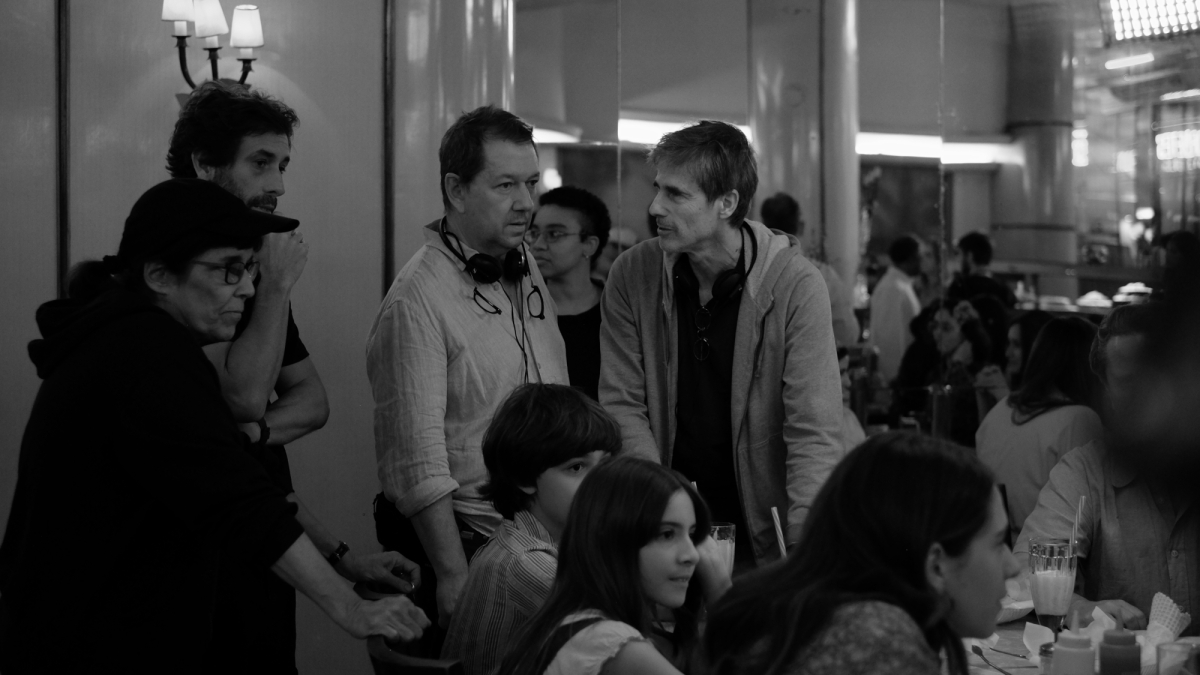
DP Adrian Teijido ABC on-set during production on I'M STILL HERE, directed by Walter Salles. Courtesy of Adrian Teijido.
"When Walter invited me to shoot I'm Still Here, he gave me Marcelo Paiva's book along with the script," says Teijido, whose credits include the Brazilian biographical political thriller Marighella (2019, dir. Wagner Moura). "He knew the Pavia family and often went to their home and told me a great deal about his memories of them. This story resonated with me because, even though I was a child when the events in Eunice's life took place, I recall the tense atmosphere in Brazil from my parents and know that several of our own family friends disappeared or were murdered.
"Walter is very discerning and knowledgeable about image-making, and he showed me a lot of different movies to convey the mood and feeling he wanted the cinematography to express.
"As we discussed the film during pre-production, he also gave me a book about the Danish painter Vilhelm Hammershøi, known for his poetic, subdued portraits and interiors. Those images were vital references for how we would shoot the house, as if it were a character in itself, and how we would portray Eunice's loneliness."
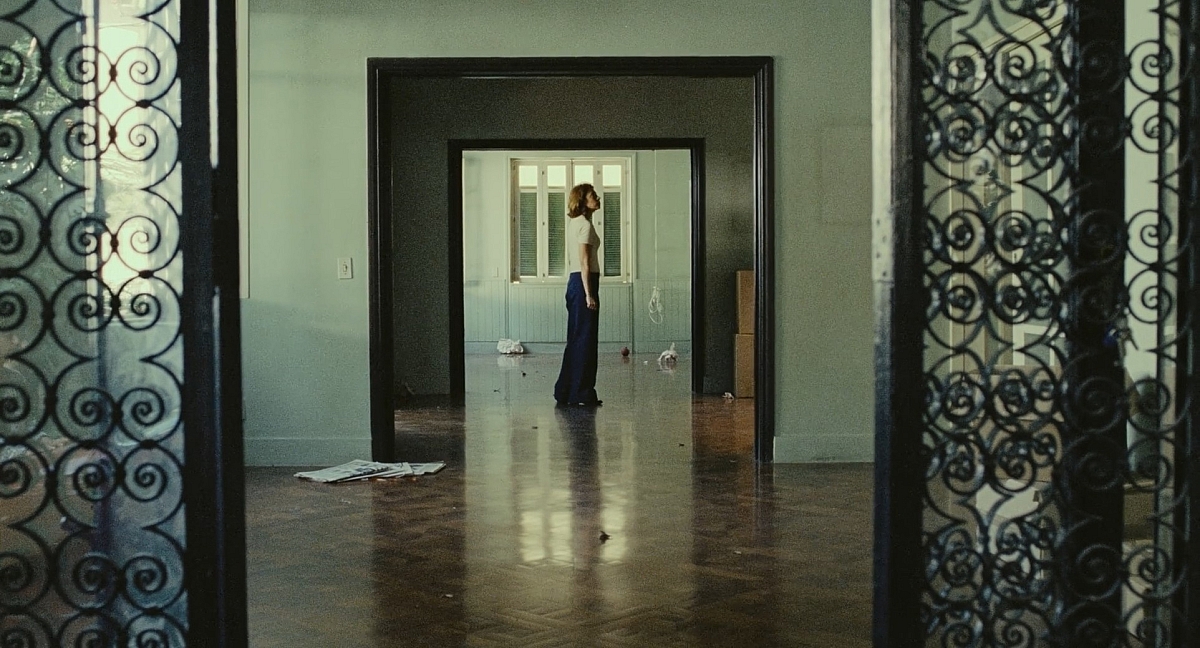
I'M STILL HERE, directed by Walter Salles
Teijido reveals he knew right from the start that it was Salles' wish to shoot I'm Still Here on 35mm film, also using Super8mm, which was popular in Brazil during the 1970s, to capture the Pavia family's home movie footage.
"Not only did Walter want to shoot on film, but he also made it clear he wanted to have texture, real film grain, in the images. He wanted the start of the film to be sunny, for the images to invite the audience into the heart and happiness of the family, and for their home to be bathed in sunlight.
"However, when the agents of the dictatorship arrest Rubens the sunshine disappears completely, and things needed to become much darker and uncomfortable. Then, when Eunice moves to Sāo Paulo, and for the rest of the film, the images would need to take on more clarity.
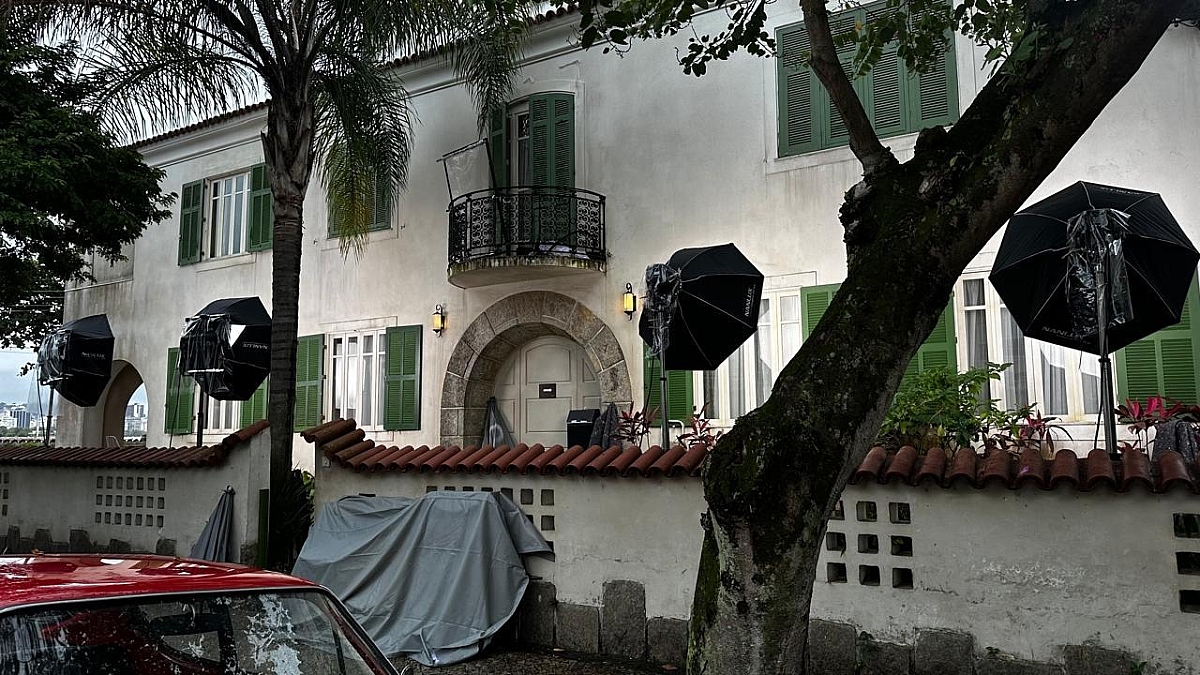
A lighting set-up on I'M STILL HERE, directed by Walter Salles. Courtesy of Adrian Teijido.
"I thought this was a fantastic approach, and came up with the idea of creating different levels of textures and moods to help depict those different parts of the story – via lab processing, different filmstocks and through the lighting. It was the first time in my career that I had used texture in such a conceptual way. I love film, but apart from a few commercials, I had not shot a feature on 35mm film for over ten years. So, it was very exciting for me to pick up my light meter again and to consider my options."
The DP says that shooting and then reviewing test material for the movie soon reassured him that, "working with film was still in my DNA, and I felt comfortable very quickly."
Principal photography on I'm Still Here took place over the course of 16 weeks in total, across two separate stints. The first was during May and June 2023 at locations around Rio de Janeiro, including the Urca neighborhood, characterized by traditional buildings and the famous Sugarloaf Mountain, where a double for the Pavia's home was found and invisibly composited during post-production into filmed footage of the Leblon beachside. The second stint took place in Sāo Paulo during November and December.
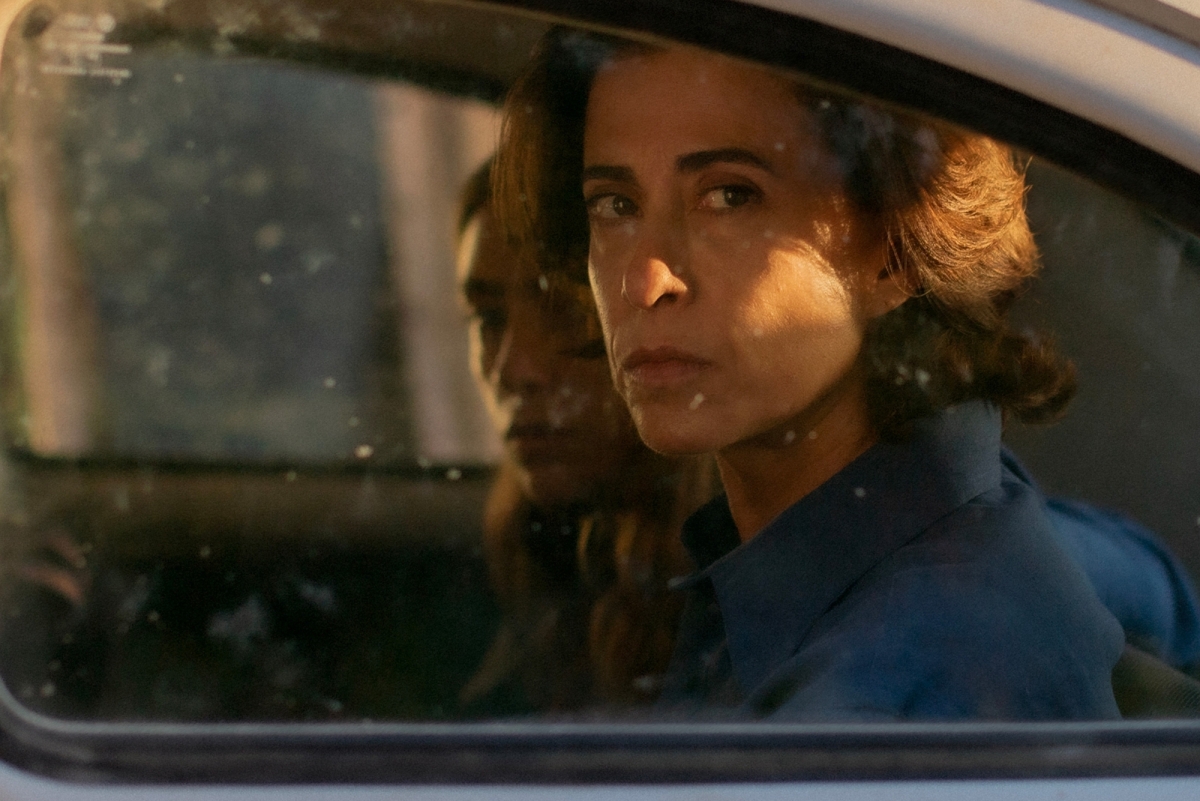
I'M STILL HERE, directed by Walter Salles
Shooting in 3-perf on 35mm film in 1.85:1 aspect ratio, Teijido initially used an Aaton Penelope 35mm camera fitted with Panavision Primo lenses, adopting a largely handheld style to depict the family's joi de vivre, capturing on to KODAK VISION3 500T Color Negative Film 5219, which was processed normally through the lab.
After Ruben's arrest, when most of the action takes place in darkened home and prison interiors, Teijido stayed with the 500T, but had the negative push-processed at the lab by one stop in order to enhance the grain, with the camera becoming more static and observational.
To create the further change of visual mood, after Eunice relocates to Sāo Paulo, and also for the remainder of the narrative, the DP switched to an ARRICAM LT 35mm camera, plus Leitz Summilux-C lenses, filming on KODAK VISION3 200T Color Negative Film 5213, processed normally.
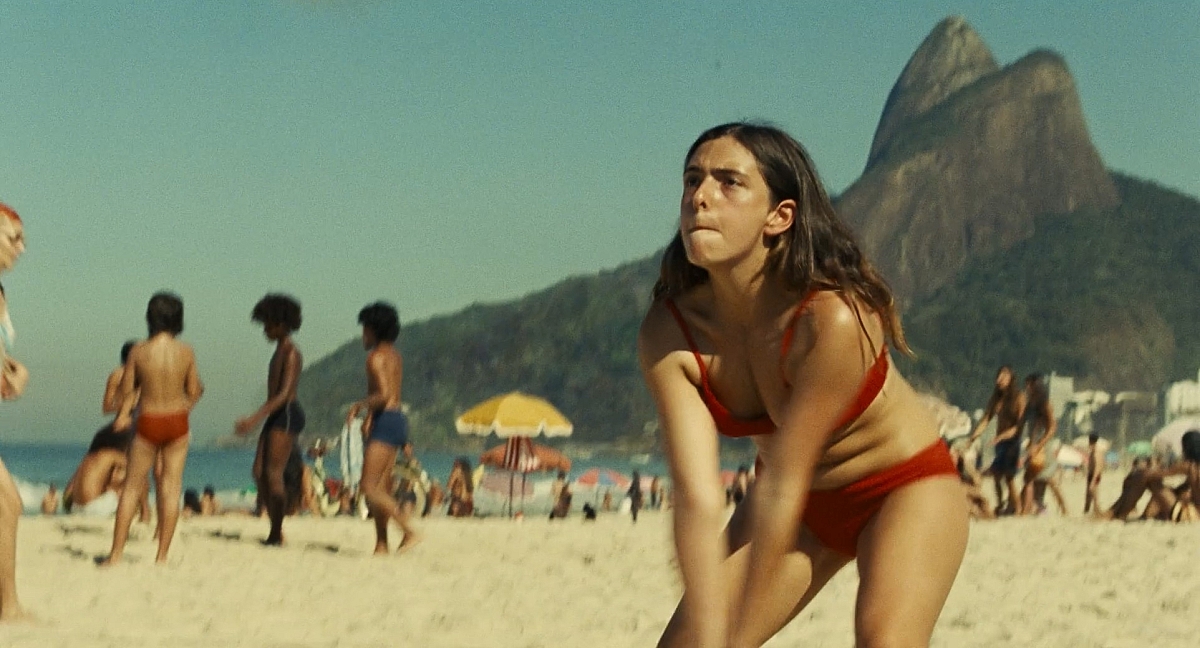
I'M STILL HERE, directed by Walter Salles
The home-movie footage was shot on KODAK VISION3 500T (7219) Super8mm and KODAK EKTACHROME 100D (7294) filmstocks using vintage Minolta Super8mm cameras, sometimes operated by the camera team, sometimes by the actors.
Panavision in Paris supplied the main camera and lens package. 35mm film processing was done at Hiventy in Paris, with Thomas Debauve working as the dailies colorist, and Arthur Paux completing the final color grade, with support from Michael Howell. The Super8mm was developed by John Salim Photographic in the UK. Cinelab in the UK provided 4K scans of the 35mm and Super8mm rushes.
"The Aaton Penelope was designed with the operator in mind and was helpful in creating a handheld style that would relate the sense of happiness and freedom enjoyed by the family in the opening of the film," Teijido remarks. "When the action moved to Sāo Paulo, I switched to an ARRICAM LT, and used the natural sharpness of the Summilux-C lenses to provide more clarity to the images.
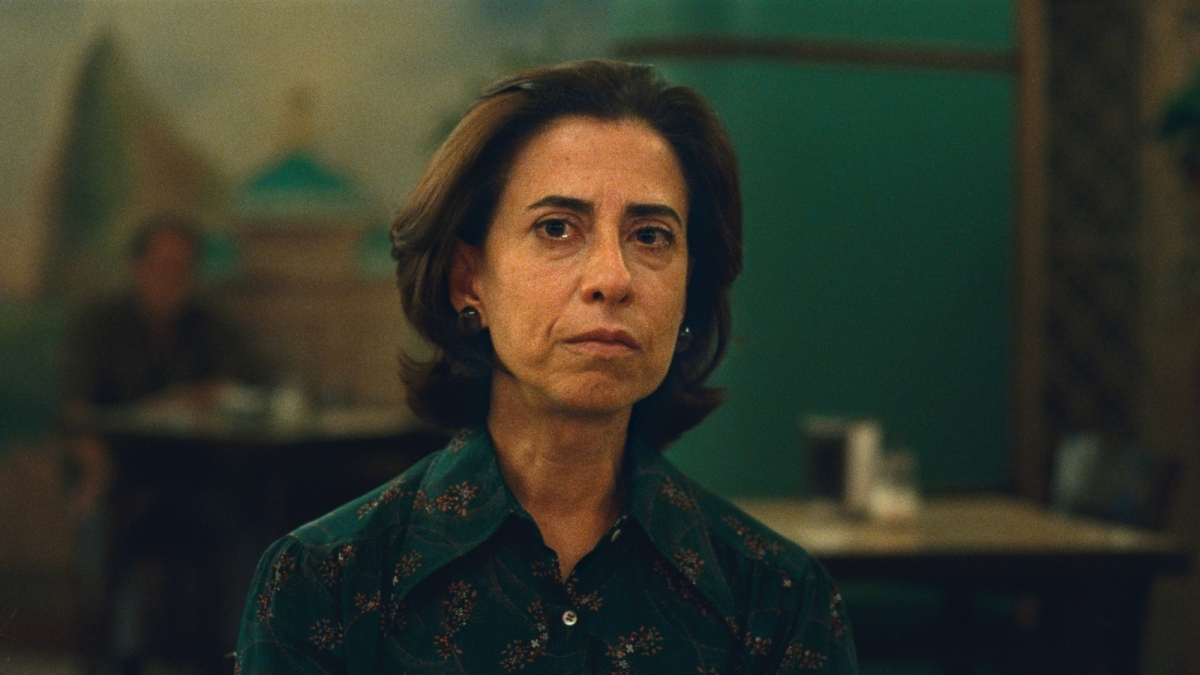
I'M STILL HERE, directed by Walter Salles, starring Fernanda Torres as Eunice
Regarding his choice of filmstocks, the DP explains, "I went with just Tungsten stocks, so as to keep a subtle thread of visual consistency, and I shot them both uncorrected – without an 85 filter – as I knew our colorists at Hiventy could remove the blue cast at the touch of a button in the grading suite.
"Shooting day exteriors on the 500T, especially on the beach in bright sunshine, meant having to use some pretty strong ND filters, often up to 1.8, to help get my target exposures of T4 and T5.6. Although the image in the eyepiece was dark, my camera operator Lula Cerri and 1st AC Marco Chile Contreras, shot without any problems, and the resulting images had the lovely texture of grain that Walter originally intended."
For the scenes when things suddenly change – after the agents arrive for Rubens and Eunice gets arrested – Teijido pushed the 500T one stop to increase the grain which, in combination with much lower levels of illumination, gave a feeling of dramatic discomfort.
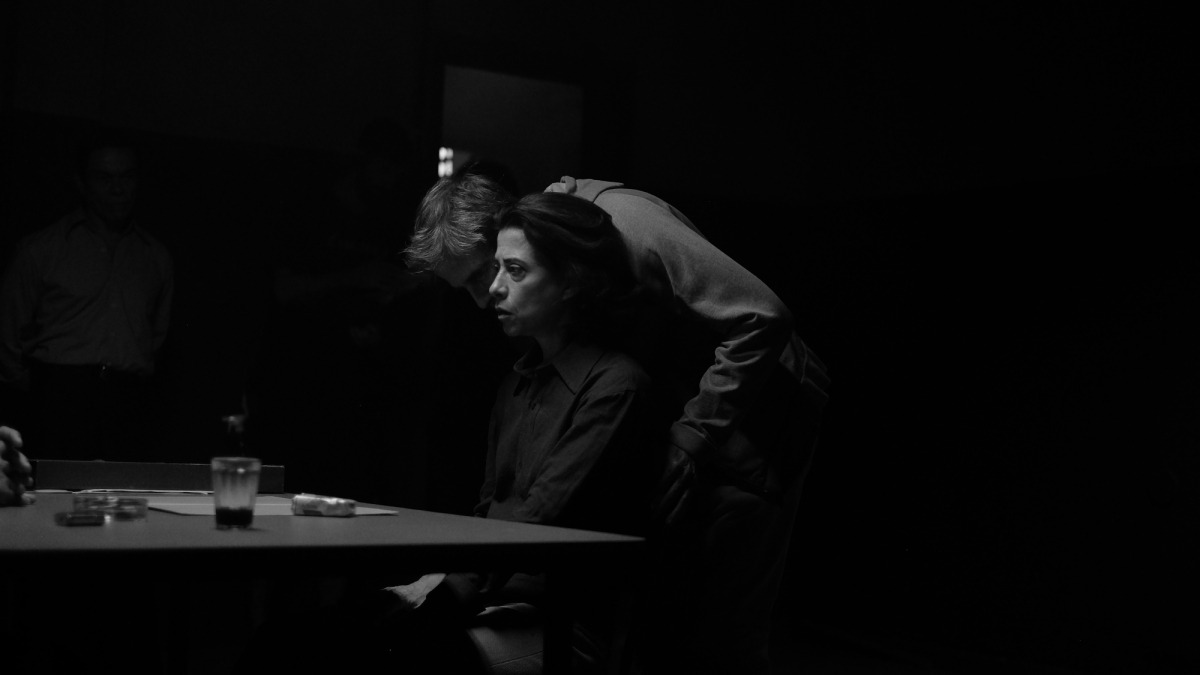
I'M STILL HERE, directed by Walter Salles, starring Fernanda Torres as Eunice
"When Eunice moves to Sāo Paulo, and for the rest of the film, I switched to the 200T which had the effect of diminishing the grain and, in combination with the Summilux-C lenses, this gave the image a natural but particular clarity that was different to the other looks," he says.
Although it took eight to ten days to review the rushes, Teijido reports that he developed a creative rapport with Debauve, the dailies colorist at Hiventy, during pre-production, "and he did a fantastic job in fine-tuning things like color and contrast, and making sure the images had the required filmic textures."
Typically, Teijido says he loves to operate during production, but did not during this particular project as he wanted to remain close to Salles and to always be alert in executing his vision.
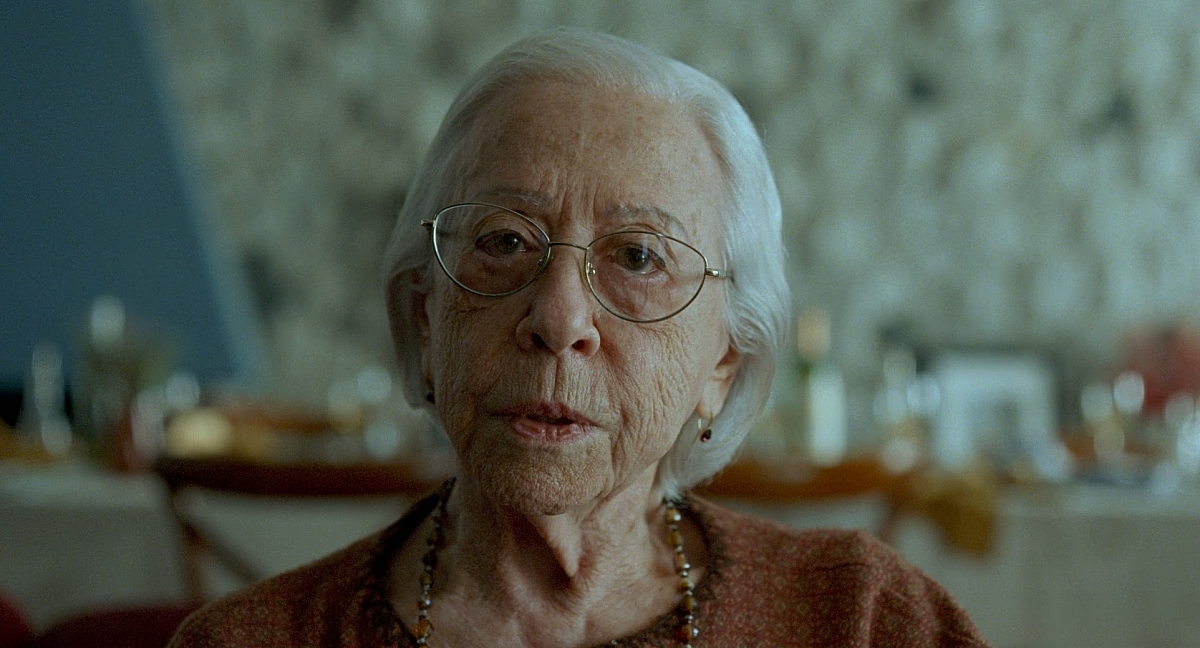
I'M STILL HERE, directed by Walter Salles
"By definition the cinematographer is the person who translates the script into visual images for the director," says Teijido. "Along with the film grain, the framing and the way the camera moved always had to have conceptual reasoning behind them as well, for the audience to feel as if they were with the characters. This manifested itself in shooting handheld for the first part of the film and with more subtlety after Ruben is taken away.
"We shot in chronological order as much as possible, and maintained a quiet and concentrated set, which helped the actors. Fernanda's portrayal of Eunice and the performances from the child actors were something to behold, and the crew became emotional on-set on many occasions."
Teijido says he enjoyed the companionship of his team, and was particularly impressed by gaffer Ulisses Malta in helping to appropriately direct and shape the light using traditional and modern light sources.
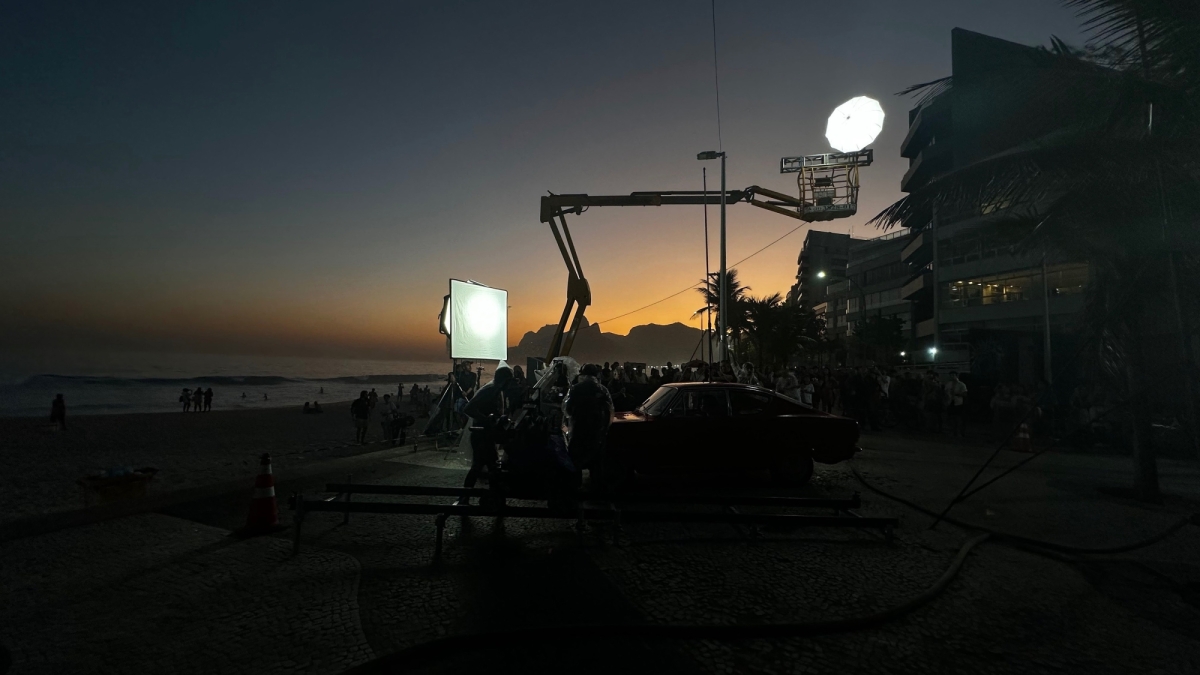
A lighting set-up on I'M STILL HERE, directed by Walter Salles. Courtesy of Adrian Teijido.
"In the last few years there has been a revolution in film lighting due to the advances and improvements to LED fixtures, and I conducted lighting tests with Ulisses to find the right color temperatures for those fixtures in day and night scenes, and how we could blend HMIs, Tungstens and LEDs together.
"While the Pavia's family house was a light-friendly location, with great architecture and lovely windows, I still needed very strong illumination on our day interior scenes to create the general idea of sunshine streaming-in, and we accomplished that using traditional 9K and 18K HMIs through the windows.
"However, on intimate shots, such as close-ups, especially during the second part of the film, we needed more diffused lighting and brought Nanlux Evokes into the mix for that.
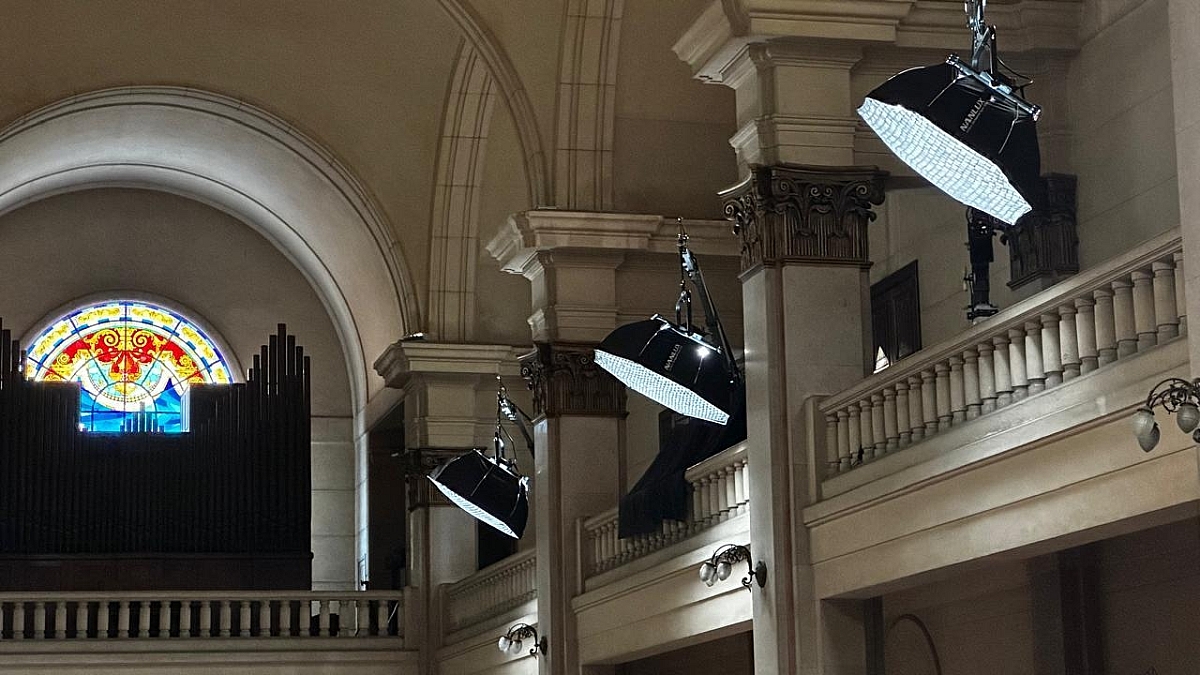
DP Adrian Teijido ABC on-set during production on I'M STILL HERE, directed by Walter Salles. Courtesy of Adrian Teijido.
"For night interiors, I used small Tungsten units as they provided the opportunity to create subtle accents around the living room and the bedrooms. Some of the rooms, such as Ruben's home office, were really tight, and we were not able to set-up lights in there, so we were able to supplement the lighting with thin LED Lite Mats on the ceiling."
Looking back on his experience of shooting the film, Teijido remarks, "I'm Still Here is the most important film I have made, because it has brought the issue of the military dictatorship, and especially those who disappeared, back into the political spotlight and to the attention of the younger generation in Brazil.
"The reception it had in Venice was very emotional, and it was phenomenal when it won the Oscar for Best International Feature. I'm very proud of playing my part in this production for Walter, and delighted that I was able to use analog film, especially the grain, to give the story a real sense of time, place, emotion and culture."